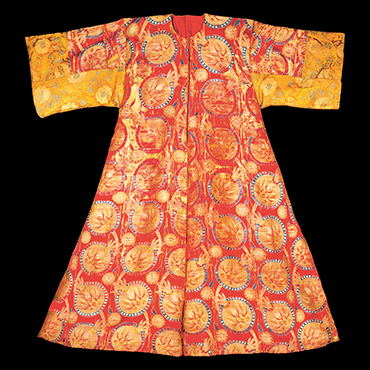The Benaki Museum is the largest and oldest museum in Greece operating as a private foundation. It was founded in Athens in AH 1349/1930 CE by Antonis Benakis, a member of a distinguished Greek family from Alexandria, Egypt. The museum has grown considerably since then, and today the diverse Benaki collections are distributed in various buildings around Athens and beyond, each focused on a different area of Greek and world culture.
The Benaki Museum of Islamic Art houses the collection initially formed by Benakis. It has been enriched by other donations and now holds about 12,000 objects. The collection demonstrates the evolution of Islamic art from the 1st to 13th centuries AH/7th to 19th centuries CE. The collection is unique in Greece, a country situated on the crossroads of East and West. Indeed, it is the only museum in Southeast Europe dedicated to the arts of the Islamic world. In the past three decades, the Benaki Museum of Islamic Art has established itself as a center for presenting and promoting cultural and religious diversity.
After a successful collaboration in AH 1444/2023 CE, the Benaki Museum joins AlMadar to contribute to the celebration of the cultural heritage and artistic achievements of the Islamic world. The curatorial team has chosen to focus on geometry through a selection of objects that reveal its importance as a decorative motif, with its expression of infinity and rhythm, as well as its use in creating order and the division of decorative space.
Caftan
Many splendid Ottoman-era lampas-woven silk textiles (kemha) have survived as garments. The color combination of red and gold was popular amongst courtiers who wore caftans as one of a series of layers of clothing. Originally, the sleeves of this caftan may have been narrower or separate from the garment, as there is evidence of different phases of repair and addition. The complex, symmetrical pattern of the textile can be described as undulating pomegranates, with an infill of tulips and carnations. The blue circle motif with pearl borders harkens back to an archaic style of silk textile with roundels. The many repairs to this garment testify to its high value, both aesthetically and as a prized commodity.
Probably woven in Bursa, Türkiye, c. AH 956/1550 CE
Silk with gilt-wrapped silk threads, h. 134 × w. 126 cm
Benaki Museum, Athens, 3900

